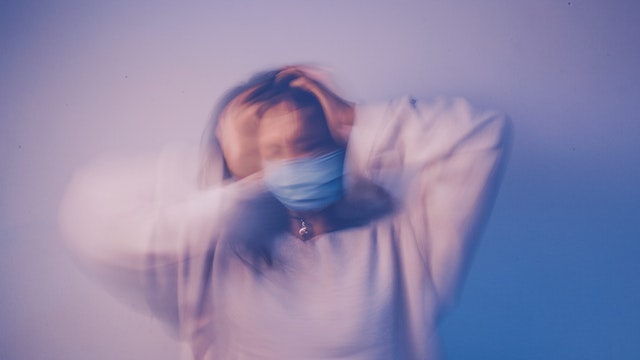
Gallbladder disease risk factors in women, men, and children will be described in the following article. The gallbladder is not a vital organ, and a person can live a normal life without it; however, the gallbladder is important and you should know how to prevent gallbladder problems. This organ takes part indigestion; it stores the bile and releases it into your intestines to break down the fats from foods. The liver produces the bile, and then, the bile gets into the gallbladder, where it will be stored until you eat some fatty foods.
Gallstones are the most common cause of gallbladder disorders. They usually form in the liver, but they get into the gallbladder (or into the cystic duct) and start causing problems. Small stones are also known as “the silent stones” and they never cause problems; in fact, small stones can be present in the body for decades, without showing any symptoms.
Gallbladder Symptoms
● Bloating
● Jaundice
● Belching
● Indigestion
● Abdominal pain
● Nausea
● Abdominal discomfort
● Vomiting
These symptoms can indicate other problems (not only gallbladder-related disorders), so if you experience any of these, visit your doctor and have your abdomen examined.
Gallbladder Disease Risk Factors
In general, gallbladder disease risk factors include:
● Rapid weight loss
● Overweight
● Alcohol intake
● Hypothyroidism
● Hashimoto’s disease
● Food allergies
● Chronic heartburn
● Birth control pills
● Low stomach acid
● Eating too much sugar
● Low-calorie diets
● Diabetes
● Eating fatty foods
● Crohn’s disease
● Constipation
● Excessive or frequent use of antacids
● Hemolytic anemia
● The risk of gallbladder disease increases as people grow older
● Low-fiber diet
● Genetics
● Gender (women seem to be at greater risk than men are)
● Some antidepressants (these medications can reduce gallbladder contractions, making it unable to release the bile properly)
● Non-fat diet (we should explain this a little better. Patients who suffer from gallbladder disease are advised to avoid fats. However, healthy people should not exclude fats from their diet)
Risk Factors in Women
● Women are at greater risk of developing gallstones. Most women do not have symptoms, but over time, the stones can get larger and start causing problems. Pregnant women can develop gallstones during and after pregnancy. This happens because of hormonal changes in the body during pregnancy. Sometimes, gallstones can disappear on their own after delivery. However, some gallstones can cause severe problems during pregnancy; in such cases, laparoscopic surgery will be done.
● HRT (hormone replacement therapy) can trigger gallbladder disorders. In fact, this therapy can cause severe gallbladder problems, some of which require surgery. Some hormones can raise triglycerides in the blood (estrogen, for example), and this can lead to cholesterol stones. Hormone pills are more likely to cause gallstones, compared to patches or gel.
Risk Factors in Men
● Men are less likely to develop gallbladder problems, compared to women. Only twenty percent of the male population in the United States develops gallstones. Gallstones usually affect the older population, and the risk is lower in younger men.
● In men, diet and genetics seem to play a role. Certain diseases (like Hashimoto’s disease) or frequent use of antacids and/or antidepressants can be contributing factors.
Risks Factors in Children
Children rarely develop gallbladder disorders. However, a child can be at risk as well. The most common risk factors in children include:
● Weak immune system
● Spinal injury
● Receiving nutrition intravenously
● Sickle-cell anemia
● Abdominal surgery
If your child is complaining about any of the symptoms we mentioned in this article, take him/her to the doctor as soon as possible.


Leave a Reply